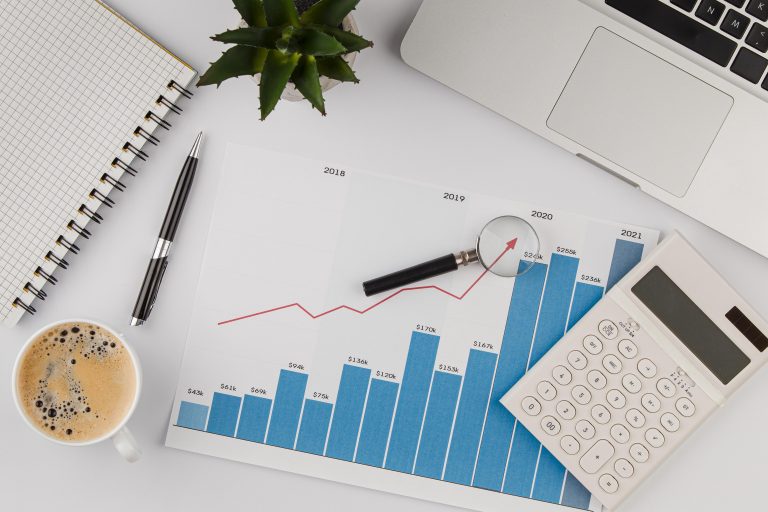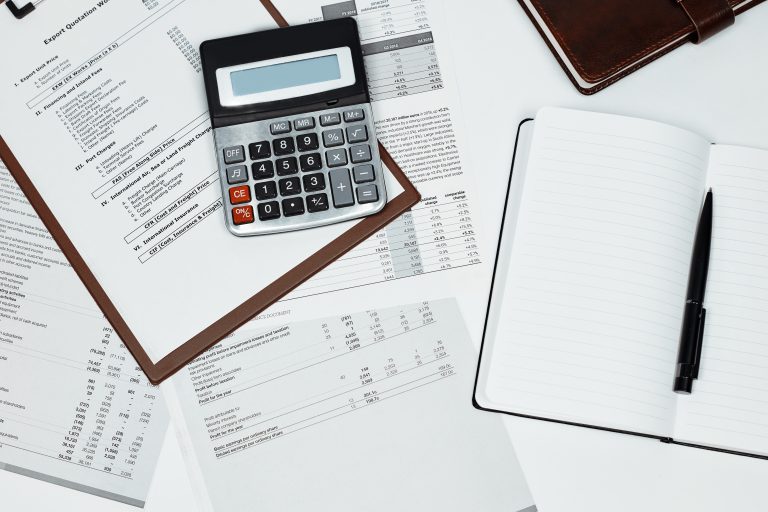Calculating ending inventory for a financial year can be a challenge for bigger businesses than small businesses. This post describes the ending inventory, its importance, the methods used in its calculations, and how to overcome the challenges to calculate it.

What is Ending Inventory?
- Ending inventory, also called closing inventory. It is the financial value of goods/inventory available for sale in a business at the end of a given accounting period. Besides knowing the ending inventory balance, a business requires an accurate ending inventory value to calculate the cost of goods sold (COGS).
- In other words, ending inventory is a term used to express the monetary value of sellable products a business left over at the end of a financial year.
- The inventory valuation method used affects the value of closing inventory. Click here to read more about 5 Inventory Valuation Methods For Accurate Analysis Of Your Inventory.
- Basic formula:- Ending Inventory = Beginning Inventory + Net Purchases – COGS
Beginning Inventory
The beginning inventory for a financial year is the ending inventory for the previous financial year.
Beginning Inventory = COGS + Ending Inventory – Net Purchases.
Cost of Goods Sold (COGS)
COGS is the inventory value sold for a given accounting period.
Formula to calculate COGS = Opening Inventory + Purchases – Closing Inventory.
Importance of how to find Ending Inventory

Following are the reasons that make closing inventory a critical part of the accounting process:
1. Determination of the accurate value of COGS
Inventory is seen as just another cost until it gets sold. Costs associated with the buying or manufacturing inventory are not treated as a part of the Cost of Goods Sold (COGS) until the product gets sold. Therefore, recording an accurate value of the inventory at the beginning and ending of an accounting period is very important. If there is an error in the inventory valuation, COGS will also be incorrect, hence, fallacious.
2. Calculation of the net income
The inventory calculation is essential to figure out how much you are selling and how much you are not selling. The value of closing inventory is required to prepare the income statement, i.e., to know the revenue on what you are selling.
3. To match up inventory records
The figures of your inventory balance must equal what is currently on your hand. Overstating or understating ending inventory could be a sign of accounting error, theft, or various other issues.
4. It helps to check on pricing strategy
With the calculation of ending inventory, you come to know if you are paying over cost for the initial purchase of goods based on current market value. If yes, you have to change your pricing strategy. Get to know 6 best SaaS Pricing Strategies, click here.
5. Tax calculations
The COGS is calculated based on the values of opening and closing inventory for the preceding year at tax time. Therefore, overestimated COGS will result in lower net income. And, an underestimated COGS leads to higher net income. In conclusion, the ending inventory value impacts the balance sheets and taxes of businesses. Hence, it is required to maintain accurate balance sheets and create consistent reports.
6. To seek finances
The ending inventory is the key figure for a company while reporting financial information to seek financing. All inventory is an asset on a balance sheet. The financing companies or investors use such balance sheet data to measure where the company stands for current assets and liabilities.

How to Calculate Ending Inventory
The ending inventory carries forward to the next financial year as the beginning inventory. As beginning inventory is based on the previous year’s closing balance, it is crucial to calculate the ending inventory correctly and record an accurate measure of inventory value to prevent discrepancies in future reports.
Mainly, there are three methods for inventory valuation:
FIFO, LIFO and the Weighted Average Cost
1. First in, First out (FIFO)
FIFO is an accounting method based on the assumption that the inventory a business purchased most recently was sold first. In this method, the cost of the most recent inventory purchased gets added to COGS instead of earlier purchases.
Advantage:
The inventory gets valued at the most current price; therefore, FIFO reflects ending inventory and actual marketplace costs better.
Disadvantage:
FIFO is not fool-proof as this pattern may not estimate the actual flow of inventory.
Most companies, especially those stocking fresh goods, for example, seafood distributors, prefer FIFO during high inflation because it delivers a higher value of ending inventory.
For example, if you have purchased ten products at Rs.1200 each, and after a few months 10 of the same product at Rs.1400 each, using the FIFO method, you will sell the product you bought at Rs.1200 each first and record Rs.12,000 as the cost of goods sold.
2. Last in, First out (LIFO)
The LIFO method works on the assumption that the most recently purchased stock gets sold first. Businesses like pharmacies, tobacco stores, and liquor stores prefer LIFO because their inventory cost typically rises over time.
Advantage:
The cost of the most recently purchased items will be higher than the purchasing cost of earlier inventory. However LIFO considers earlier costs for the valuation of ending inventory, and therefore the most recent cost will appear in the COGS.
For example, using the scenario mentioned above, in the LIFO method, you will sell items you purchased recently at Rs.1400 each and record Rs.14,000 as the cost of goods sold.
3. Average Weighted Method
The Average Weighted Method is the simplest way to value stock in the end. Divide the total cost of items available for sale in the inventory by the total number of units available for sale. It will calculate the average price per unit available in your closing inventory. Therefore, it is the best method to use when all products sold are identical.
For example, if a business started with a beginning inventory of 250 products at Rs.10 each and similarly purchased the same 200 items at Rs.12 each, then the ending inventory would include 450 items valued at Rs.10.88 each, with a total value of Rs.4900.
It is best to select and stick with one method every year to avoid discrepancies in future inventory reports.

How to Overcome Challenges
To ease the ending inventory calculations, a business can have powerful stock management tools that offer numerous benefits like:
- Control and manage inventory easily and spend more time growing your business and less on managing inventory.
- Manage inventory across multiple warehouses and channels. Click here to know how to manage Inventory when you have Multiple Warehouses.
- Sort items based on shelf location and warehouse.
- Auto-generated purchase orders, price lists, automatically synced accounting books.
- Many others.
 Start using ZapInventory today
Start using ZapInventory today
